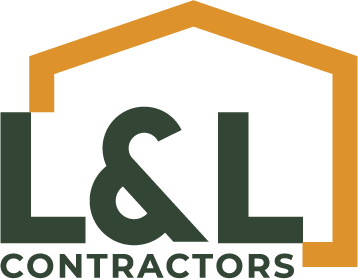Do you notice unfamiliar sagging on your roof? Roof sagging can catch you by surprise, but it is not uncommon. In fact, sagging can develop gradually over time or appear unexpectedly, depending on weather conditions or structure-related issues.
A well supported roof should have a consistent, even slope across the structure of your home. That’s why, in this article, we will answer the question: What does a sagging roof mean? By doing so, we will cover the reasons why sagging occurs; the five common signs of sagging; and steps you can take to restore your roof back.
Causes of a Sagging Roof
The reasons for why your roof is sagging could be attributed to a variety of factors, including the following:
Poor Roof Joists or Rafters: A common cause of roof sag is weak or failing structural support either from roof joists or rafters. If a rafter or roof joist is improperly installed, it may not adequately support your roof.
A roof should not sag, as it is designed to carry the load from the ridgeline down onto the roof joints and rafters, which can withstand snow, ice, and rain. Prolonging roof sag only makes matters worse.
Solving roof sag is a structural repair issue and will require you to work with a contractor who has proven knowledge and experience you can count on. At L&L Contractors, we provide premier Nashville roofing services to restore your home.
Excessive Weight: A roof might sag due to too much weight from strong winter precipitation such as snow and ice formation. Although roofs are meant to carry winter precipitation, your roof can sometimes be pushed to the limits, especially with the unpredictable winters experienced in Middle Tennessee.
Too much weight on your roof can cause costly structural damage. If in fact precipitation covers your roof this winter, seek a licensed contractor to decide whether snow removal service is necessary.
Roof sag can also be caused by the slow but destructive water leaks, which takes us to our next point: water damage.
Water Damage: Leaks or poor drainage can allow water to seep beneath your roof and into your home’s framework, causing moisture buildup and mold growth that eventually leads to wood rot.
Wood rot weakens rafters and support beams, ultimately causing significant damage to occur. If this occurs, your roof will show signs of a compromised roof structure and begin to sag. That’s why it’s crucial to respond to any roof leak as quickly as possible.
For instance, after a major rain event, be sure to inspect the inside of your home for any potential leaks.
Foundation Shifts: If your home’s foundation shifts or settles unevenly, it can cause the roof to shift, leading to sagging areas. Homes with faulty gutter and drainage systems often face challenges from settling soil, which can exacerbate these problems.
For instance, when gutters are clogged or broken, rainwater can overflow instead of being directed away from the home. This excess water can saturate the ground surrounding the foundation, leading to leaks and potential structural damage over time.
Aging: An older roof that has reached the end of its lifespan is more prone to sagging. The materials weaken over time, and normal wear and tear can contribute to structural issues.
It’s best to seek the advice and expertise of a qualified roofing contractor that can begin with an inspection, offer recommendations, and address the best course of action to fix your sagging roof.
Now that we covered the causes for why a roof may sag, let’s now explore the five common signs that suggest you have a sagging roof.
5 Signs You May Have a Sagging Roof
Not all sagging roofs are noticeable upon your first glance. Be on the lookout for the following signs:
Leaking Roof: Water pooling due to sagging can lead to leaks, which may result in visible water stains or dampness inside.
Uneven Roofline: Step back and look at your roof from a distance. If the roofline appears uneven or wavy, sagging is likely occurring.
Typically, roof sag can be observed without having to climb up on your roof. But, depending on your unique roof structure, roof sag may not be as obvious.
As a result, it’s better to be safe than sorry. That’s why L&L Contractors is here. It is our mission to protect the exterior of your property.
Schedule Roofing Inspection with L&L Contractors
That answers the question, What does a sagging roof mean? If you see signs or symptoms related to roof sag, schedule an inspection online, or give us a call today. Since 2006, we have served the greater Nashville area for all your roofing needs.












